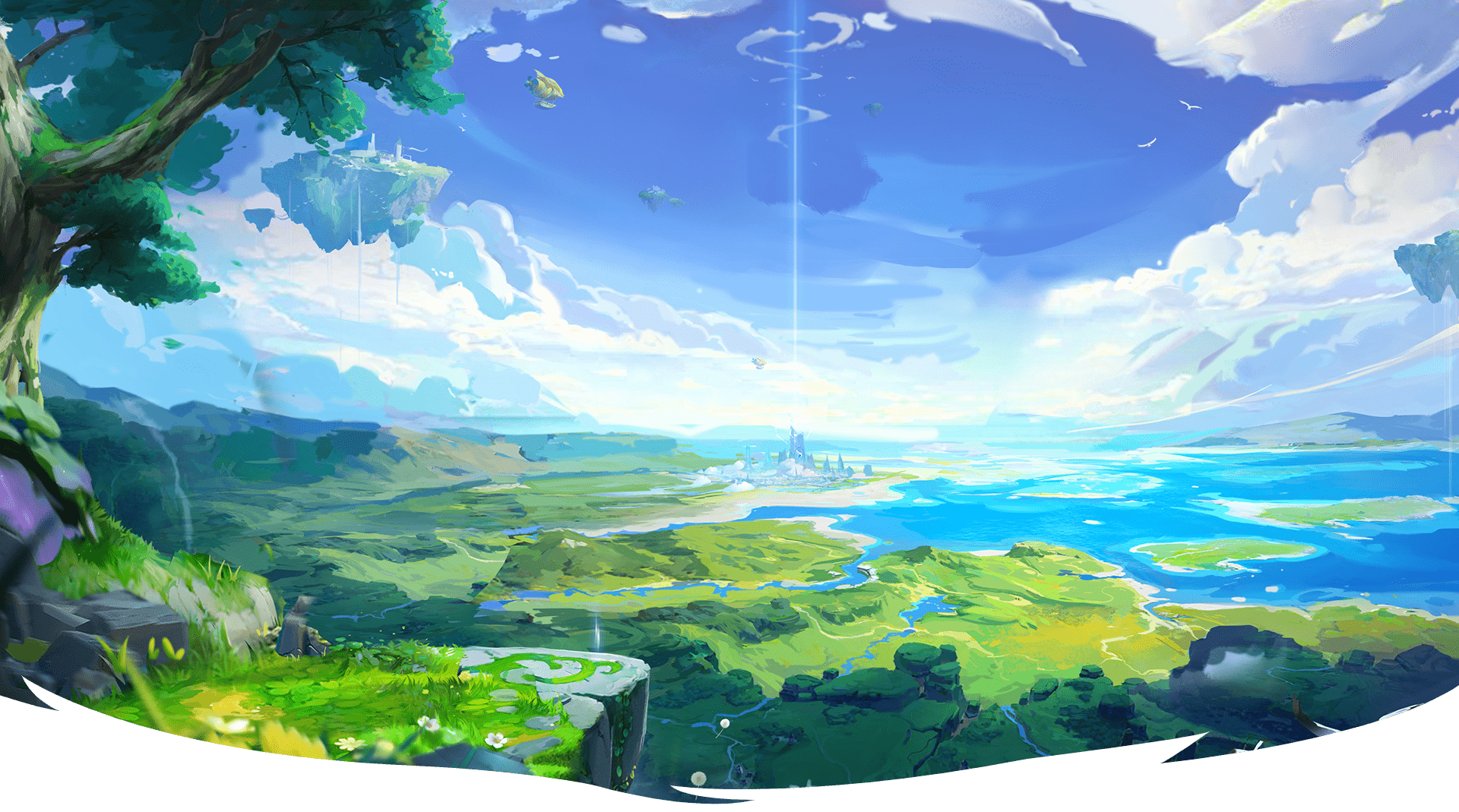- Home
- Shop
- Forest Series
- Grassland Series
- Desert Series
- Contact
- Home
- Shop
- Forest Series
- Grassland Series
- Desert Series
- Contact

Rhino Series





Two Driving Modes
Both parent control and kids manual operation are supported. Children can simply drive the car forward and backward by controlling the foot pedal and the steering wheel, while parents can control the car via the 2.4G remote control with 3 speeds for safety.
Safety Assurance
A certified PP structure including 4 spring-suspension wheels and an adjustable safety belt ensures a smooth and safe run on a grass lawn, asphalt road, indoor floor, brick road, and any other terrains. Soft-start makes the toy car launch and brake slowly so as not to scare your kid from an abrupt operation.
Best Ride-On for Kids
Featuring a hyper-realistic look, this 12V ride-on truck with twin powerful motors, brilliant front/rear/upper LED lights, 2 openable doors, and entertainment design is a popular present for kids aged 3-8 years to start a cool driving journey.


CHARACTERISTICS
The Chipmunk is a member of the family Mammalia, Rodentia and Sciuridae. It is also known as the Striped Squirrel, the Timber Tiger and the Mini-bear. The body length among most Chipmunks ranges from 5.5 to 6.3 inches and the tail length is 5 Inches. Chipmunks typically weigh about 0.02 pounds and live about 5 to 10 years. They have small but prominent ears which face forwards, and small eyes on the sides of their heads. Most wild Chipmunks are lively.


Lorem ipsum dolor sit amet, consectetur adipiscing elit. Ut elit tellus, luctus nec ullamcorper mattis, pulvinar dapibus leo.


CHARACTERISTICS

RANGE AND HABITAT

DIET

BEHAVIOR
Habits and Lifestyle
White Rhinos are probably the most sociable rhinoceroses, forming groups of up to 14 individuals, although group size is usually smaller. Each group occupies a territory of at least 75-8 sq. km. Their territories vary greatly, depending on the type of habitat as well as the availability of resources. White Rhinos are sedentary creatures that rarely venture from their home range. Dominant males of this species lead solitary lives, fiercely defending their territories against intruding males. However, females and juveniles may freely roam through their home ranges. Territorial behavior is displayed by marking such as spreading dung, spraying urine, dragging their feet as well as damaging plants with their horns. White Rhinos generally tolerate other species. Although they rarely fight, these mammals may occasionally engage seriously in confrontations, which include displays such as slight horn butting and false charges. The daily procedures of these mammals include mud baths, which help them to cool off and get rid of parasites. Peak hours of their activity differ through seasons: during winter they are diurnal, and in summer seasons they are crepuscular.
Mating Habits
Little is known about the mating system of White Rhinos, although they are suggested to be polygynous. During the reproductive season, females come into males’ territories to mate.
Dominant, solitary bulls mate with each female for 1-3 weeks. The male and the female spend time chasing each other, clashing horns, and communicating through various calls. After the lapse of this period, the females leave. White Rhinos may mate at any time of year, although they generally do so during the summer and autumn months. A single calf is born after 16 months of gestation. The newborn baby weighs approximately 50 kg. The young rhino is quite active immediately after birth.
Weaning occurs within 1-2 years old. At 2-3 years old, the young rhino is kicked away by its mother, who mates again. Males of this species are ready to breed at 10-12 years old, whereas females earlier – at 6 years of age.
Population
Unfortunately, these mammals are currently facing population decline along with other African rhinos. The primary threat to this species has been the international rhino horn trade, which led to high numbers of mortality among these animals. There are two main markets for rhinos: the Asian market – primarily, China, Taiwan, and South Korea, where these animals are used in traditional medicine; and the Middle Eastern market, generally, Yemen and Oman, where their horns are highly valued and considered a prized material, from which locals make traditional “jamiyas” – ornately carved handles for ceremonial daggers. And finally, White Rhinos suffer from the loss of their natural habitat as a result of development such as agriculture and human settlements.
According to the IUCN Red List, as of 31 December 2017, there were an estimated 18,064 White Rhinos in the wild. Currently, this species is classified as Near Threatened (NT) and their numbers today are decreasing.
White Rhinoceroses are the most important herbivores across their range that graze on vast amounts of grass. They help to increase the biodiversity of grass and potentially prevent wildfires. In addition, White Rhinoceroses have a mutualistic relationship with several bird species, which feed on insects, and parasites that are present in the hide and on the back of rhinoceroses.

The Chipmunk is a member of the family Mammalia, Rodentia and Sciuridae. It is also known as the Striped Squirrel, the Timber Tiger and the Mini-bear. The body length among most Chipmunks ranges from 5.5 to 6.3 inches and the tail length is 5 inches. Chipmunks typically weigh about 0.02 pounds and live about 5 to 10 years. They have small but prominent ears which face forwards, small eyes on the sides of their heads. Most wild Chipmunks are lively.
The Red Squirrel, a member of the Sciuridae, is an arboreal, omnivorous rodent often referred to as a Forest Seeder and folklore as the Devil King Squirrel.
The Arizona Gray Squirrel, also known as the American Gray Squirrel, is a member of the family Rodentia and Sciuridae. It is small in size, with gray fur and a belly between white and cream. It has long ears, no tufts of fur and a fluffy tail edged in white. The body is about 16-20 inches long and weighs up to 1.4 pounds.
The Rock Squirrel, also known as Sao Maozi or Stone Mouse, belongs to the rodent and is a species in the family Sciuridae. The most common natural predators of the Rock Squirrel include bobcats, owls, eagles and snakes. Though the Rock Squirrel is cute, alert, and courageous, it is still considered a pest due to its habit of destroying crops.
The Abert’s Squirrel is a member of the genus Sciurus with a body length of 18-22.8 inches, a tail length of 7.5-9.8 inches and a weight of 2.2 pounds, and can live up to 10 years in the wild. Its most distinctive feature is tassels of fur about 0.8-1.2 inches long at the tip of its ears, which looks very interesting. In addition, it is alert and agile.

Colchester Zoo Announces its Rhinoceros is Pregnant
COLCHESTER Zoo has hailed a major victory in its conservation efforts as the attraction revealed its rhinoceros is pregnant.
Zoo bosses say they are “overjoyed” with the news after the Southern White Rhinoceros, Astrid, was confirmed to be expecting.
The impressive creature is expected to deliver the baby between January and March 2023 after a gestation period of about 16 to 18 months.
It comes as a huge boost for the conservation of the species which is listed as “near threatened” on the International Union for Conservation of Nature’s red list of threatened species.
The rhino is frequently poached in its African homeland to serve the ivory trade.
The zoo has had huge success in its breeding programme of the species, with Astrid giving birth to a male calf back in October 2020.
And in January of the same year, white rhino Emily delivered an adorable female baby.
Astrid, who arrived at the Maldon Road attraction in July 2016, had the latest pregnancy confirmed via hormone analysis from faecal samples sent to a specialised lab.
A total of 91 samples were tested between July 2021 and May this year, with early samples showing Astrid had cycles with oestrus – a period of sexual receptivity and fertility in female mammals.
After mating with the zoo’s male, Otto, in September 2021, the samples later revealed the efforts had proved fruitful and Astrid had fallen pregnant.
“We are overjoyed that our female Southern White Rhinoceros, Astrid, has been confirmed as pregnant,” said a zoo spokesman.
The breeding programme at the zoo has been championed by Otto who has sired five calves since he arrived at the park in 2009 from Knuthenborg Safari Park, in Denmark.
The offspring will be Astrid’s second, having given birth to a male calf back in October 2020.
“This pregnancy is brilliant news for the conservation of this magnificent species,” the spokeman continued.
“The new arrival will be the seventh calf born here at Colchester Zoo.
“In the meantime, our animal care team will be monitoring Astrid closely and look forward to the new arrival.
“We will be ready and waiting for the pitter-patter of four very large, yet adorable, feet upon our African plain exhibit.”



Follow Us: